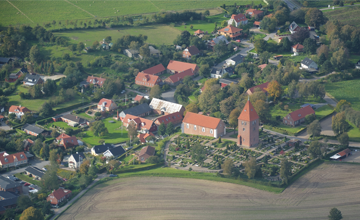About the study
On 1 January 2007, a new municipal structural reform came into force that brought significant changes to the public sector.
271 municipalities were transformed into 98 new and larger ones, and while the average municipality size increased from 159 to 440 square kilometres, the number of local politicians in the municipal councils decreased from 4600 to 2500. The change had an impact on the country's local communities, who experienced both a greater physical and mental distance from the municipal political system.
As part of the reform, municipalities were tasked with 'broadening democracy' and finding new ways to involve citizens. Some municipalities solved this task by establishing a local council structure with local community organisations as local councils and citizens' associations.
In the study, the researchers have investigated local council democracy and development opportunities in Danish rural areas with a specific focus on the relationship between the municipalities and the country's local councils and citizens' associations. Overall, the project aims to answer the research question: What democratic and developmental role do local councils and citizens' organisations play in Danish municipalities?
On this page you can read about the project, the results and find inspiration for your work.
Contact
If you would like to know more about the study, please contact rural district researcher Annette Aagaard Thuesen at: aat@sam.sdu.dk
Has proximity disappeared?
In the study, the researchers investigated the extent to which the associations have experienced cancellations or deterioration of public and private services in their local areas, and what determines which local communities have set up their own services. Listen to Annette Aagaard Thuesen talk about the results in the video below.


